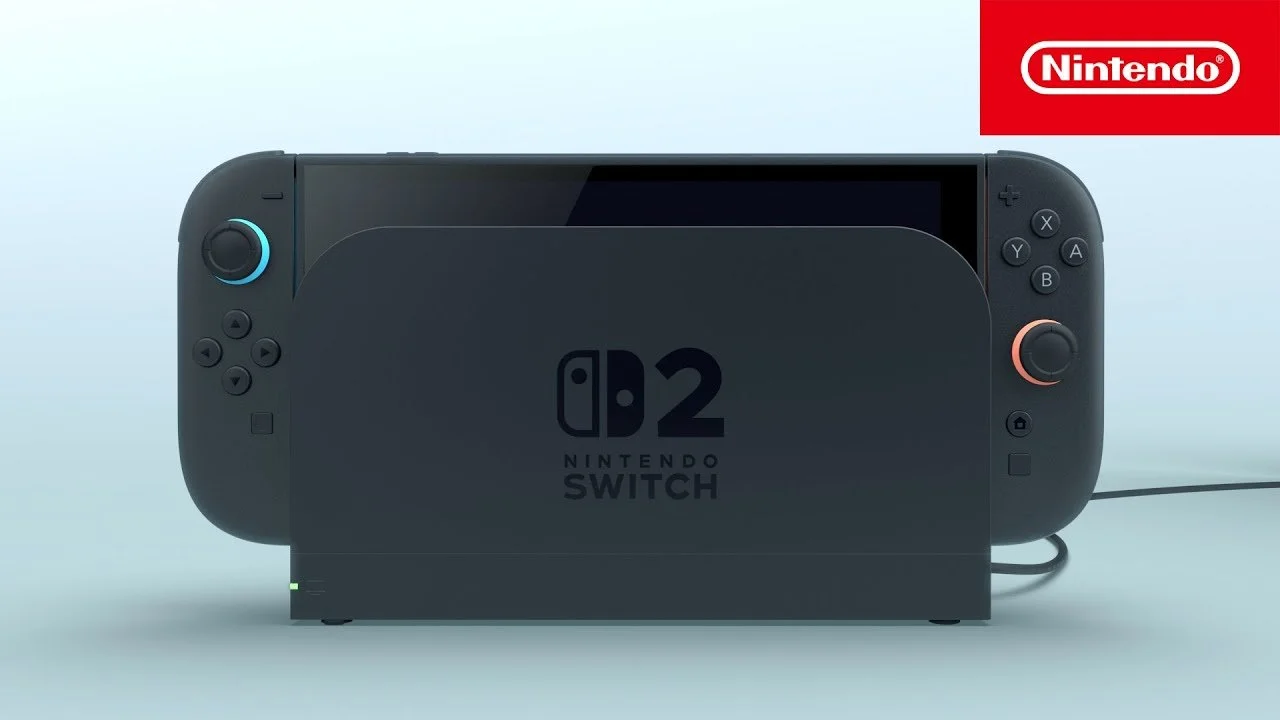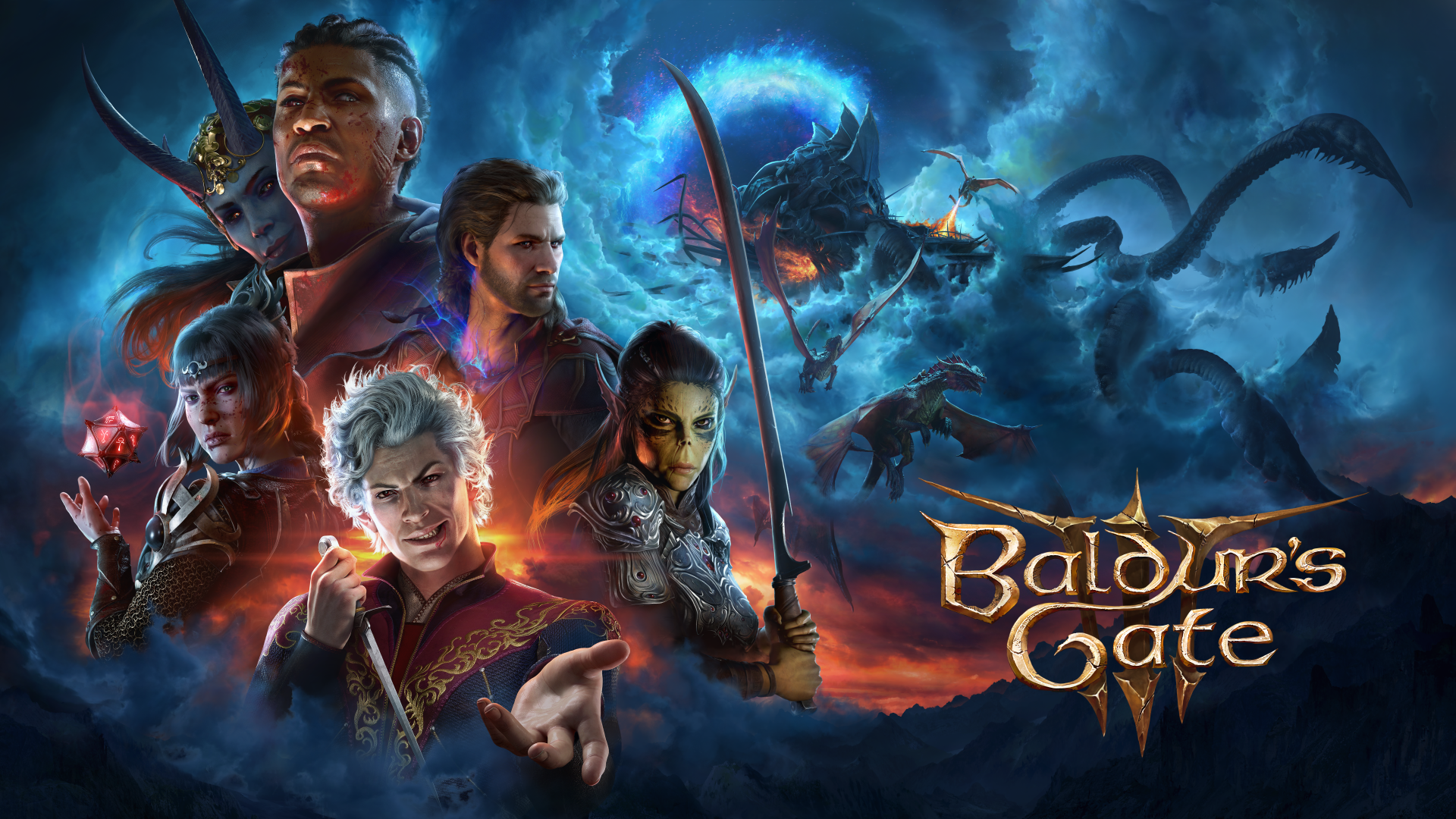In recent years, game streaming has witnessed a remarkable rise, with platforms like Twitch and YouTube Gaming becoming the go-to places for gamers to broadcast their gameplay. What started as a way for players to share their individual gaming sessions has transformed into a thriving, interactive experience where audiences can engage in real time.
The growth of game streaming is not just about showcasing gameplay anymore; it has evolved into a social hub where streamers and their audiences form communities. These platforms provide a space where fans can directly connect with streamers, participate in live chat, and feel part of a larger group united by their love of gaming. The sense of community, paired with real-time interactions, has made game streaming an essential part of modern gaming culture.
The Social Impact of Game Streaming
Game streaming has gone beyond just watching others play—it has turned into a social experience that connects players, fans, and communities. By offering real-time engagement, streamers and their viewers now interact in ways that have redefined the gaming landscape. Research published by the National Library of Medicine highlights how online gaming and streaming platforms foster social connectedness, significantly impacting users' ability to build relationships and engage in community activities.
Real-Time Interactions and Engagement
One of the biggest impacts of game streaming is the ability for viewers to engage directly with streamers in real time. Through platforms like Twitch and YouTube Gaming, fans can communicate with streamers through live chat, reactions, and even in-game decisions. This immediate interaction creates a personal connection between the streamer and their audience, fostering a sense of community and belonging.
Streamers often build strong fanbases by consistently engaging with their viewers, responding to comments, and creating inside jokes or traditions with their followers. These interactions make the audience feel part of the action, turning a once passive experience into an active and shared journey. Gamers are no longer just spectators—they’re participants in the narrative.
Streamers as Community Builders
Many streamers go beyond just entertaining their audiences; they actively cultivate communities that thrive both inside and outside of gaming sessions. These communities often extend into social media platforms, Discord channels, and even real-world events, offering fans a space to meet, share, and collaborate. Streamers become central figures, helping fans build relationships and connections based on shared interests.
Special events, like charity streams or multiplayer game sessions, strengthen these bonds even further. Whether streamers are raising money for a cause or hosting game nights with their viewers, these events add value beyond gaming. The streaming experience becomes a platform for connection and community-building, where gaming is the focal point, but the social aspect keeps viewers coming back.
Streaming’s Influence on Competitive and Casual Gaming
Streaming platforms have fundamentally altered both competitive and casual gaming. Whether it's through high-stakes esports tournaments or relaxed gaming sessions, streaming has provided gamers with new ways to connect and engage with their communities.
The Role of Streaming in Esports
Esports has benefited greatly from the rise of game streaming platforms. Streaming services such as Twitch and YouTube Gaming offer live coverage of tournaments, enabling fans to follow the action as it unfolds. This has created a closer connection between esports players and their audience.
Fans can engage directly with players through live chat, donations, and subscriptions.
Many tournaments are crowdfunded, allowing the audience to contribute to prize pools or support their favorite teams.
Players and teams gain exposure, helping to grow their fanbase and, in turn, the competitive gaming ecosystem.
The ability for viewers to interact with their favorite esports personalities in real time has made the competitive scene more dynamic and inclusive. Audiences are no longer just passive watchers—they’re active participants in the success of their teams and players.
Casual Gaming and Streaming Communities
For casual gamers, streaming offers a different but equally valuable experience. Casual streams often focus on creating a relaxed, fun environment where viewers can interact with the streamer and each other without the pressure of competition.
Streamers host community challenges, multiplayer sessions, or simply play through games in a laid-back manner.
Viewers can discover new games, enjoy shared gaming experiences, or just hang out in the chat.
Streaming allows players of all skill levels to feel included in the larger gaming conversation.
These casual streams foster a sense of community and inclusivity that has broadened the appeal of gaming to a wider audience, creating a space where anyone can enjoy the entertainment and social aspects of gaming without needing to be a competitive player.
Monetization and Business of Streaming
Streaming has evolved from a hobby into a lucrative career path for many gamers, with opportunities for monetization growing rapidly. The business side of streaming is diverse, offering multiple avenues for streamers to earn a living and for companies to reach new audiences through innovative marketing techniques. According to the Federal Trade Commission (FTC), digital content creators, including streamers, are subject to guidelines that govern influencer marketing and advertising, ensuring transparency in sponsored content.
Earning Opportunities for Streamers
One of the main attractions of streaming as a career is the multiple revenue streams available to successful streamers. Influencers and streamers can earn money in several ways, making it possible to turn their passion into a full-time job:
Donations: Viewers can support streamers by donating money directly through the platform or using third-party services.
Subscriptions: Platforms like Twitch offer paid subscriptions, where viewers can access exclusive content or perks in exchange for a monthly fee.
Sponsorships: Popular streamers often partner with brands to promote products during their streams. These partnerships can range from showcasing gaming equipment to sponsored game sessions.
Ad Revenue: Streamers can also earn money through ads shown on their streams, with platforms like YouTube Gaming offering a share of the ad revenue generated from their content.
In addition to streamers themselves benefiting financially, game developers and publishers also see a boost when their games are featured on popular channels. Many streamers regularly showcase new games, which can drive game sales and increase a title's visibility in a crowded market.
Alongside traditional gaming content, sweepstakes casinos have also entered the streaming world, adding a unique dimension to the variety of games streamed. Streamers now share their experiences with platforms where players can engage in casino-style games and participate in promotional giveaways. For those looking to explore this gaming option, sweepscatters.com offers a valuable guide, helping users navigate the world of sweepstakes casinos. These platforms provide an interactive experience without the financial risks of traditional gambling, making them a popular choice among gamers seeking entertainment and variety in the streaming landscape.
The Future of Game Streaming
As technology advances, game streaming continues to evolve, offering new and exciting possibilities for both gamers and viewers. With the rapid development of emerging technologies, the future of game streaming looks more immersive and accessible than ever before.
Emerging Technologies in Streaming
Cloud gaming is rapidly changing the landscape of game streaming, making high-quality gaming experiences accessible to more people by removing the need for expensive hardware. Platforms like Google Stadia and Xbox Cloud Gaming enable players to stream games directly to their devices, allowing streamers to engage with a broader audience. Alongside this, interactive streaming is gaining momentum, with platforms such as Twitch giving viewers the ability to influence gameplay in real-time, further blurring the line between player and spectator.
Virtual reality (VR) is also becoming a significant part of game streaming. As VR technology continues to advance and become more affordable, streamers are starting to broadcast their VR experiences, allowing viewers to immerse themselves in these virtual worlds. The National Telecommunications and Information Administration (NTIA) highlights how emerging technologies like VR are poised to shape the future of digital content interaction.
Conclusion
Game streaming has revolutionized the way gamers connect, turning a once passive activity into a dynamic and interactive platform. Streamers have built strong, engaged communities where players and fans can share their passion for gaming in real time. This sense of belonging, combined with innovative technology, has made streaming a social and cultural phenomenon in the gaming world.
Looking ahead, the evolution of game streaming shows vast potential. Technologies like cloud gaming, interactive streaming, and virtual reality will push gaming to new heights, making it more immersive and accessible. Whether it's casual players seeking fun or esports fans enjoying competitive events, game streaming will continue shaping how gamers connect and play for years to come.

















